As the flames engulfed his house in Altadena, California, Mike Rothschild's life was forever changed. Not just because he lost his home, but because he found himself at the epicenter of a conspiracy theory. For a journalist and expert on conspiracy theories and disinformation, it was a surreal experience that made him realize how easily the lines between reality and fantasy can blur.
Rothschild has spent the last decade studying the rise and impact of conspiracy theories, from QAnon to climate change denialism. He's written three books, testified to Congress, and even contributed to a report for the January 6th Committee. But despite his extensive knowledge, he had never lived through the experience of being at the center of a conspiracy theory. That was until his house burned down.
The fire was a tragic accident, but it quickly became a catalyst for a wave of misinformation and conspiracy theories. Some claimed that Rothschild had intentionally set the fire to collect insurance money, while others believed that it was a government experiment gone wrong. Rothschild was shocked and dismayed by the sheer volume of false information circulating online.
"It's like a familiar cycle," Rothschild explains. "Tragedy hits, and then misinformation and conspiracy theories follow. It's often even more acute in the case of a natural disaster, when conspiracy theories about what really caused the calamity run right into culture-war-driven climate change denialism."
Rothschild's experience highlights the darker side of the internet, where misinformation can spread like wildfire and have devastating consequences. In the case of natural disasters, conspiracy theories can obscure real causes and elevate fake ones, making it even harder for people to understand what's happening and how to respond.
But Rothschild's story is not just about the dangers of conspiracy theories; it's also about the power of technology to shape our perceptions of reality. In the age of social media, it's easier than ever for misinformation to spread and for people to become entrenched in their own echo chambers.
"The internet has created a perfect storm for conspiracy theories to thrive," Rothschild says. "It's a platform that allows people to curate their own reality, to create their own narratives, and to connect with others who share their views. It's a recipe for disaster."
So, how can we survive a conspiracy theory and avoid falling prey to misinformation? Rothschild offers some practical advice. First, be skeptical of information that seems too good (or bad) to be true. Second, verify information through reputable sources before sharing it online. And third, be aware of your own biases and try to consider multiple perspectives.
"It's not about being a skeptic or a cynic," Rothschild says. "It's about being a critical thinker, someone who is willing to question information and seek out multiple sources before making a judgment."
In the case of natural disasters, it's essential to rely on credible sources of information, such as official government agencies, scientific organizations, and reputable news outlets. These sources can provide accurate information about the cause of the disaster, the impact on the community, and the response efforts.
As for Rothschild, he's still rebuilding his life after the fire. But he's also using his experience to raise awareness about the dangers of conspiracy theories and the importance of critical thinking. By sharing his story, he hopes to inspire others to be more mindful of the information they consume online and to seek out credible sources of information.
In the end, Rothschild's story is a reminder that the internet is a powerful tool that can shape our perceptions of reality. But it's up to us to use it wisely, to seek out credible information, and to be critical thinkers in a world filled with misinformation and conspiracy theories.
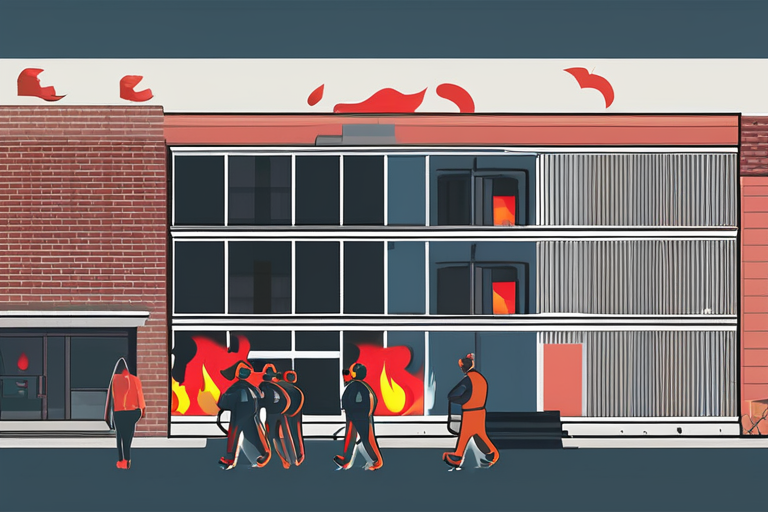


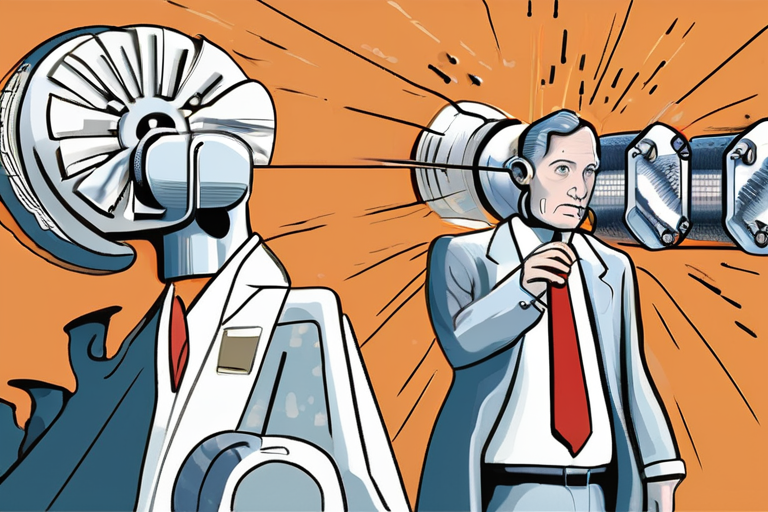
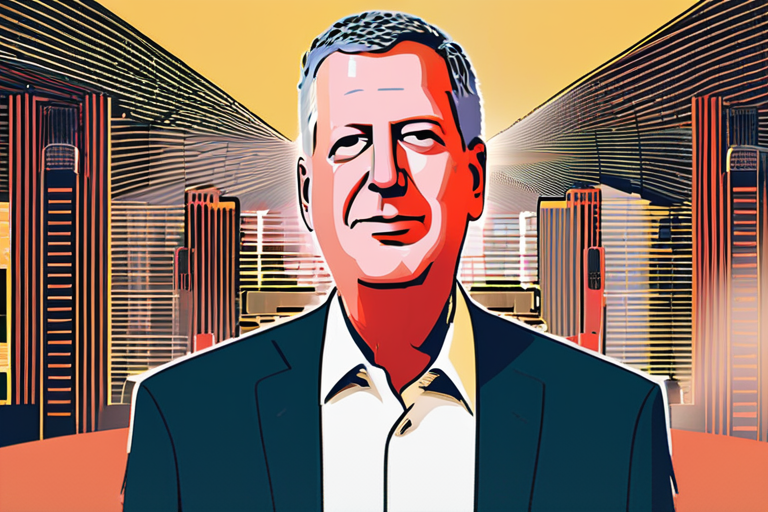
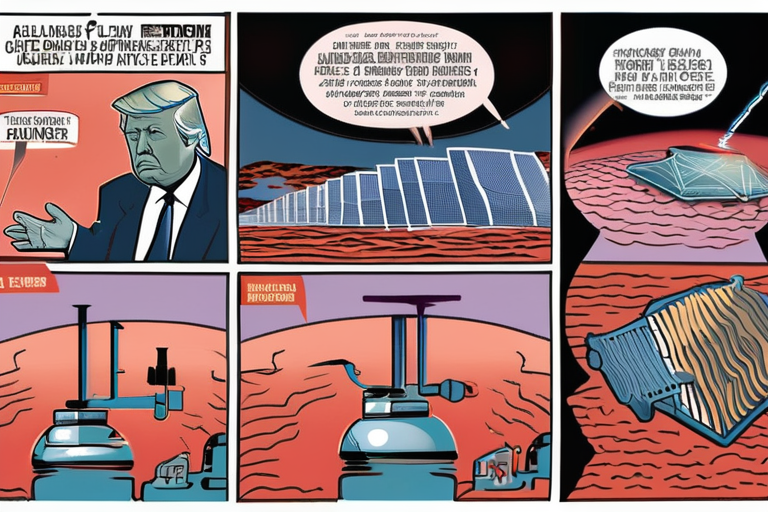

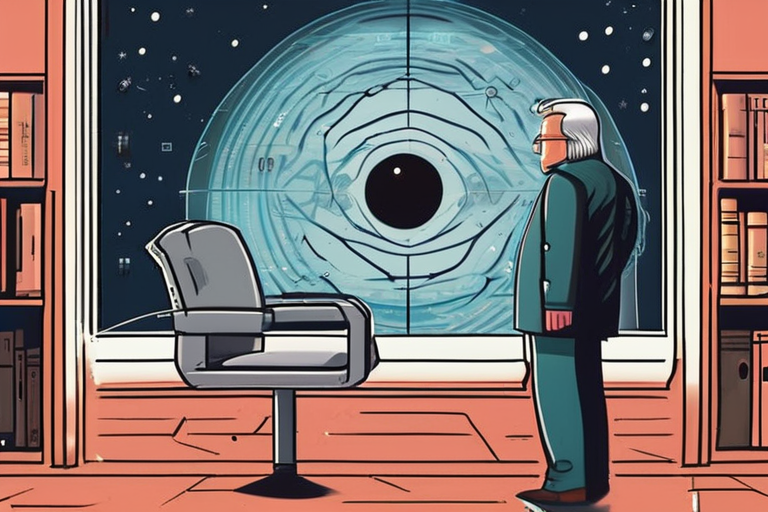

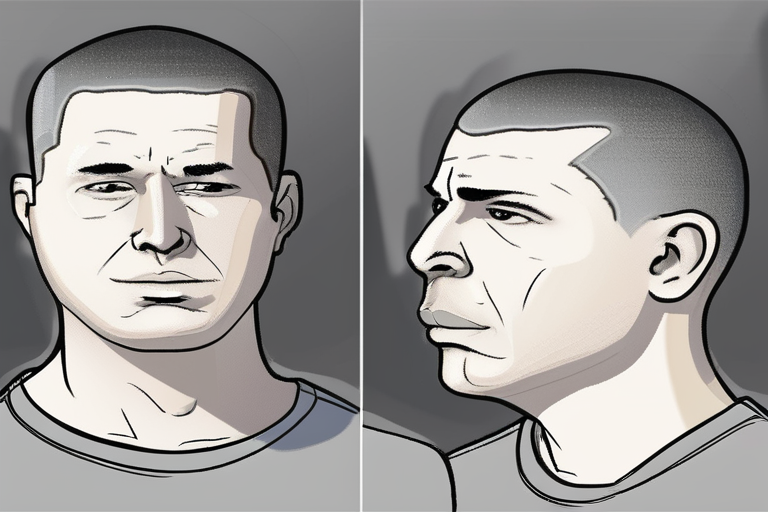
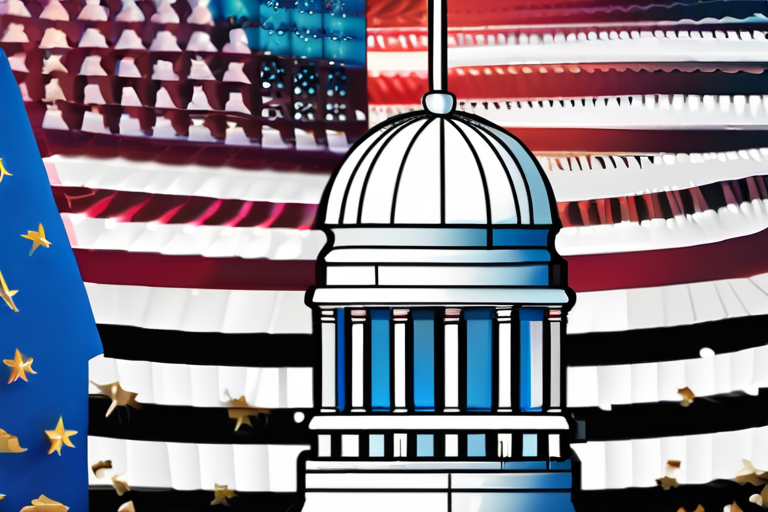
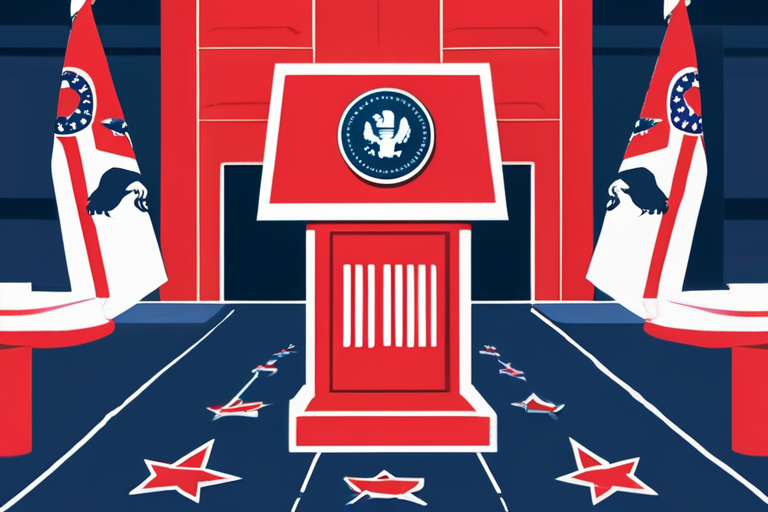

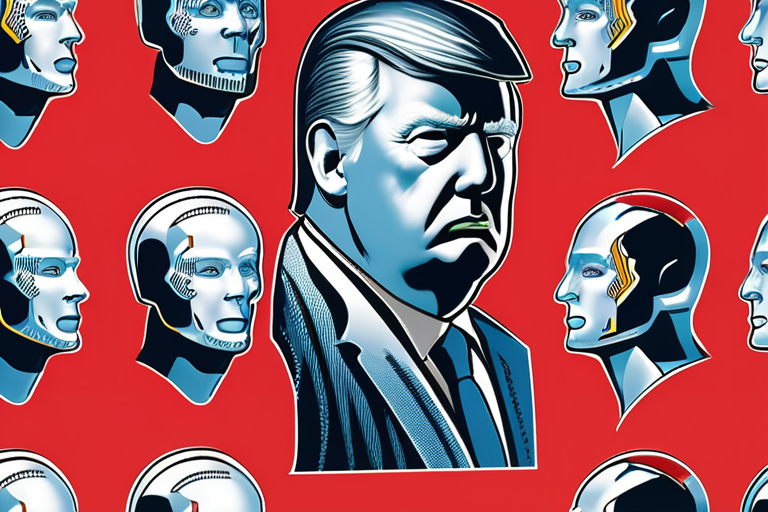


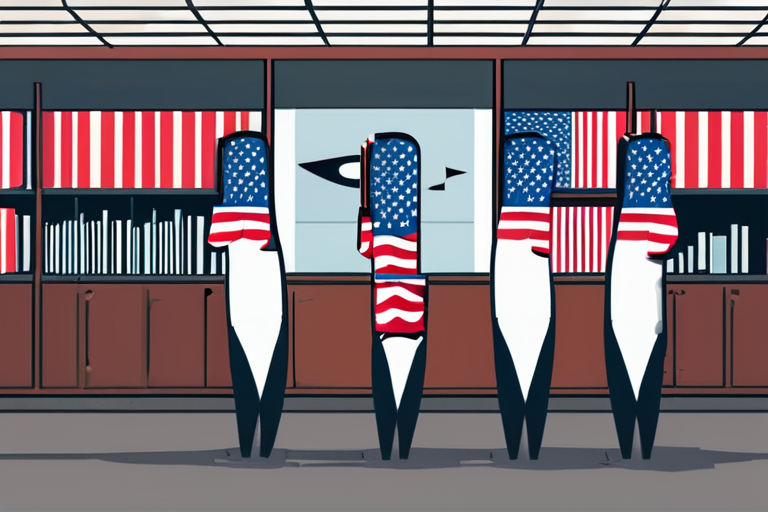
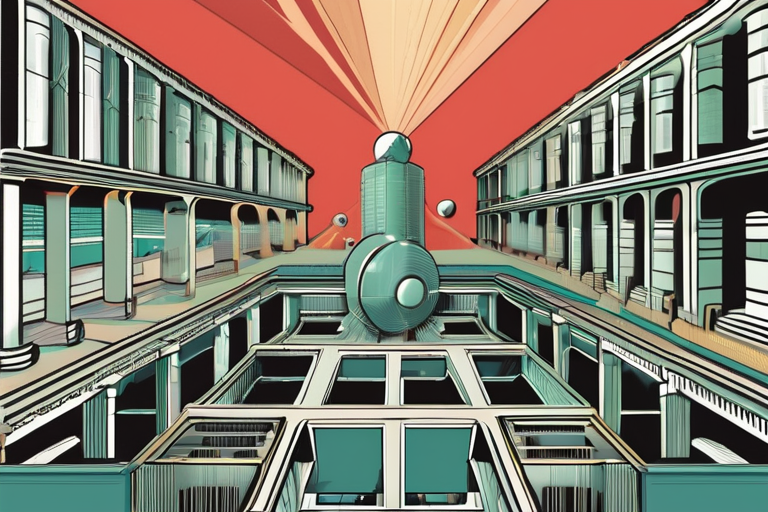
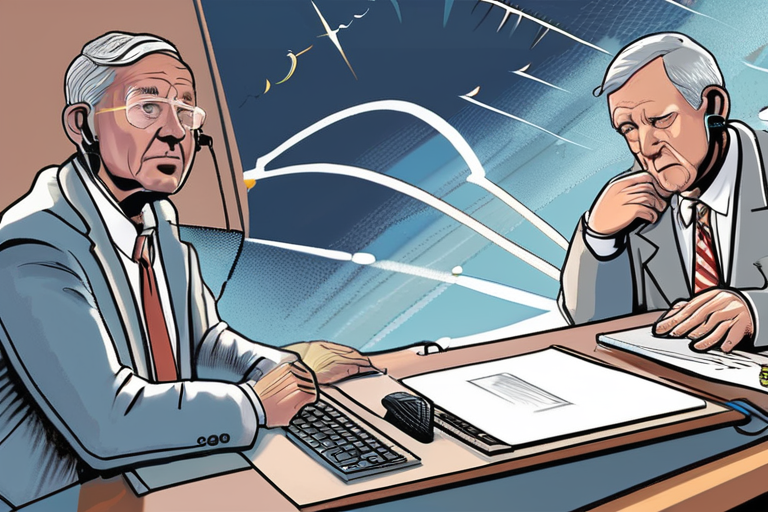

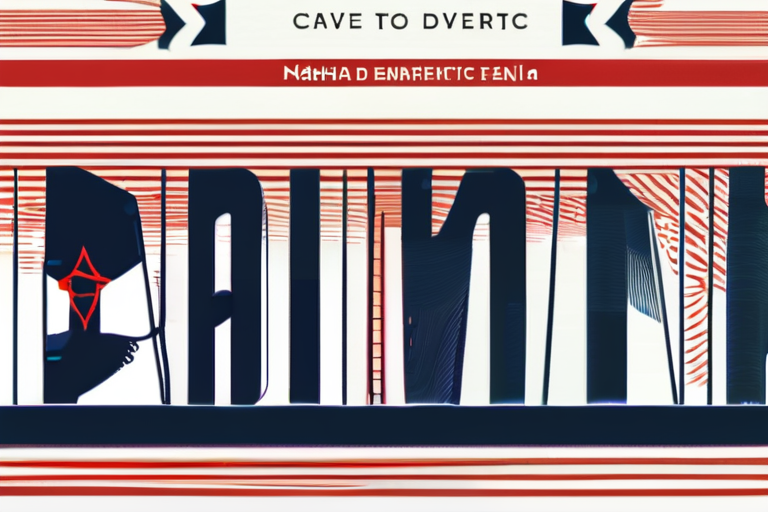
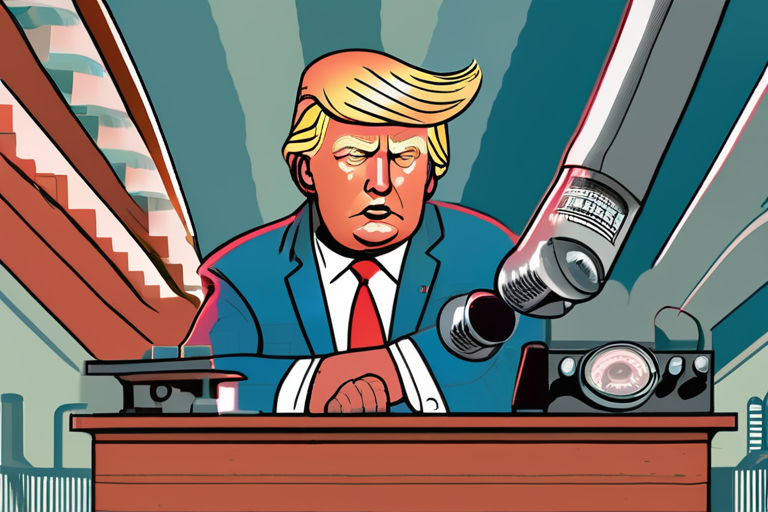

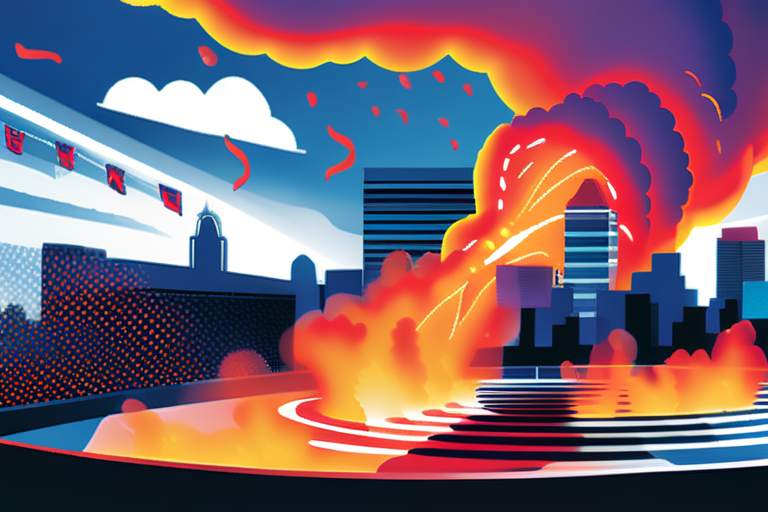
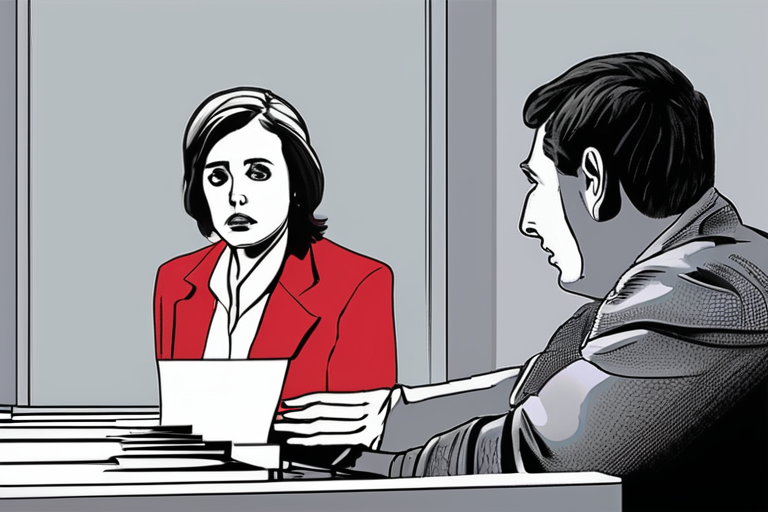

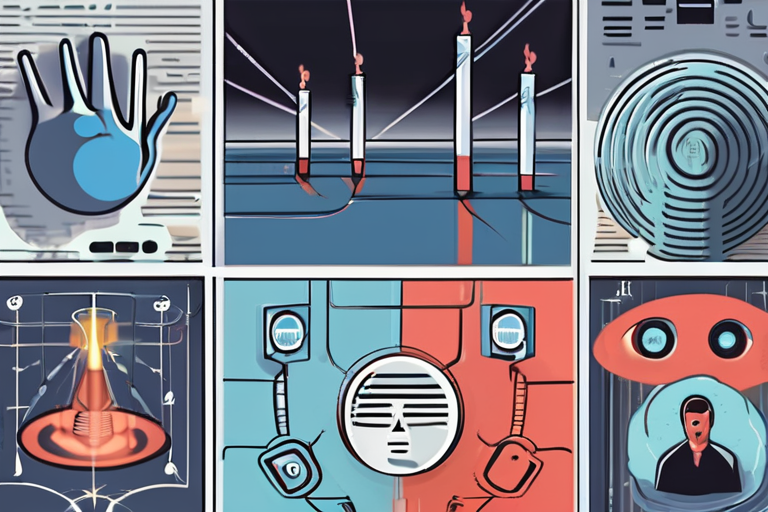
Share & Engage Share
Share this article